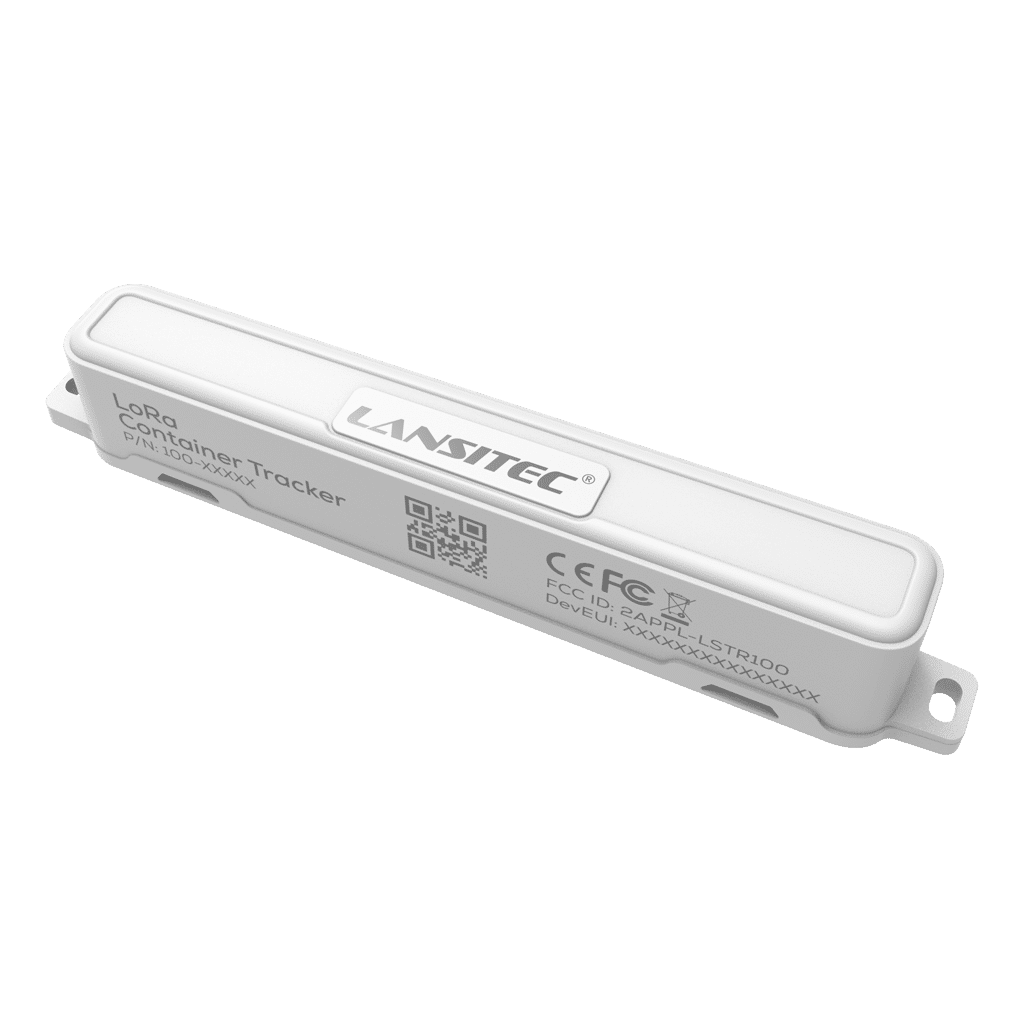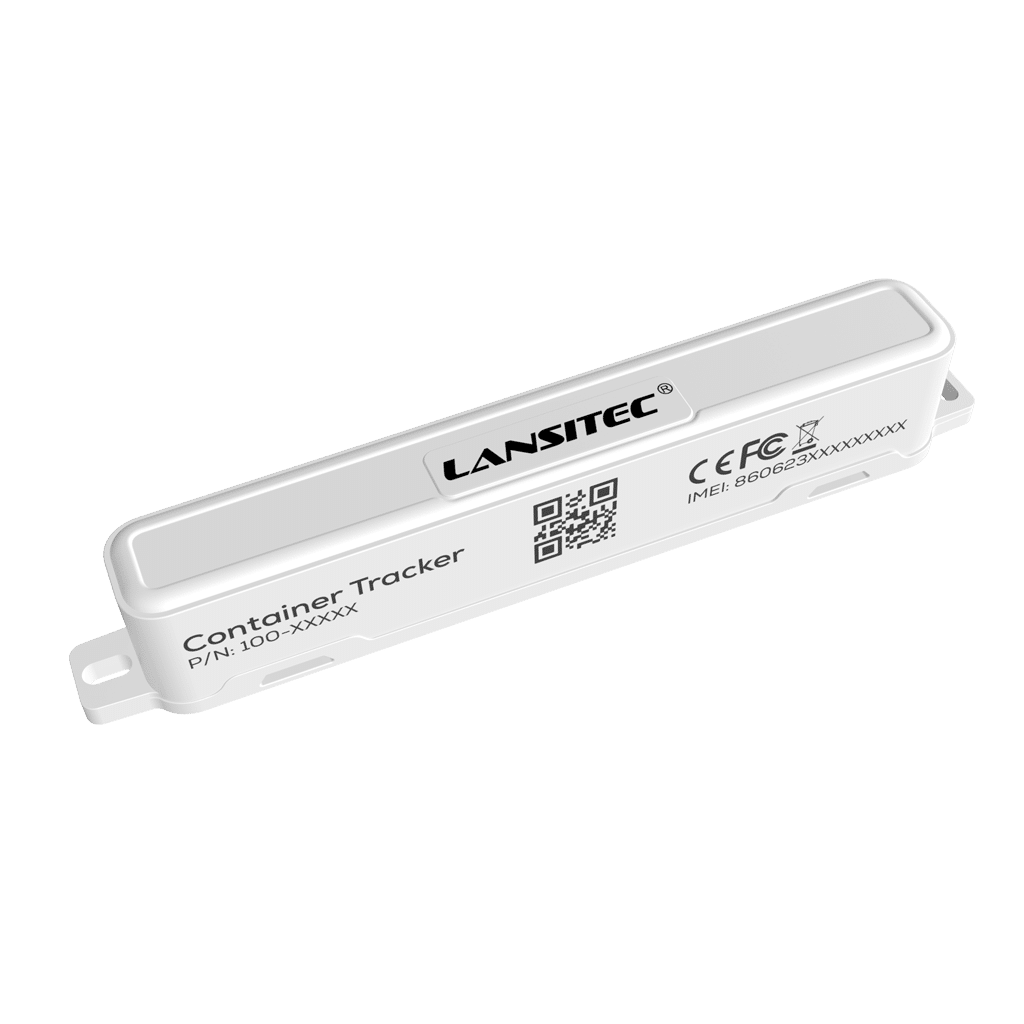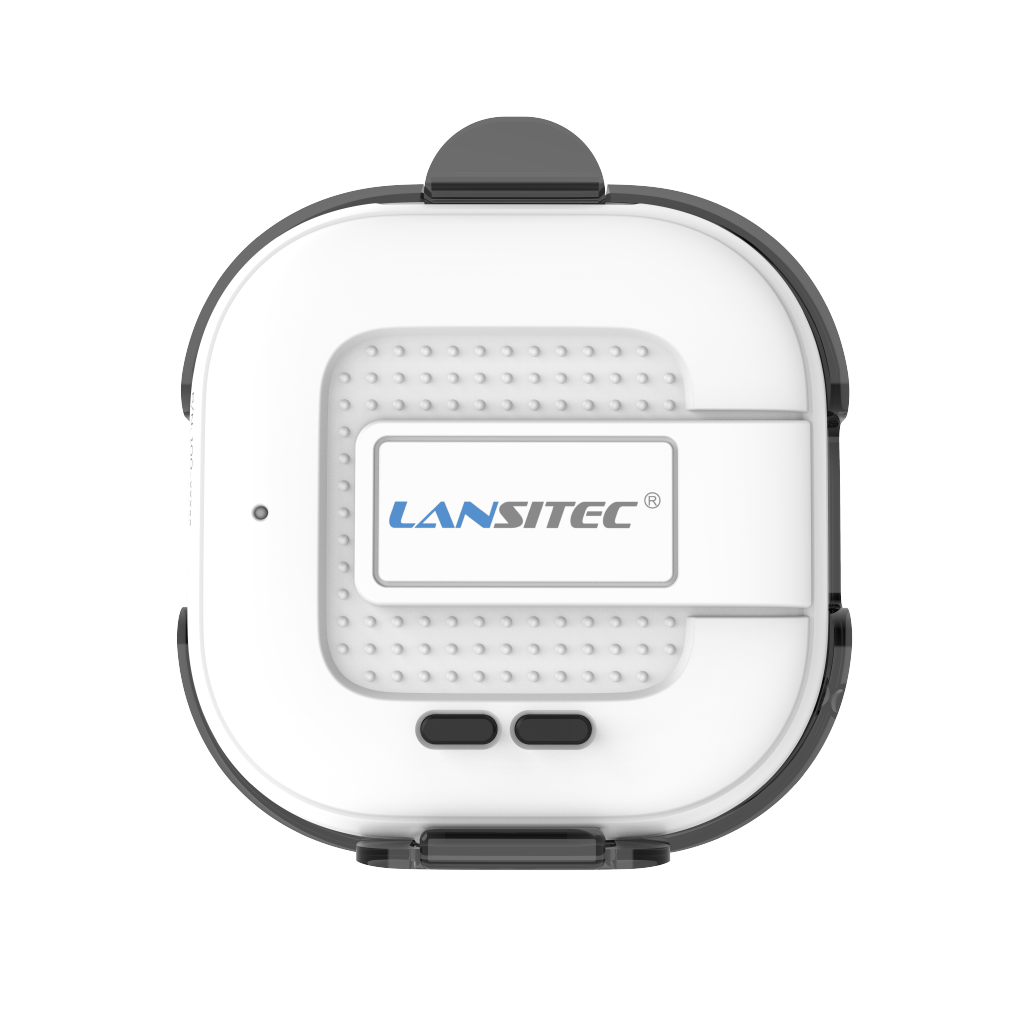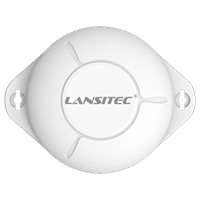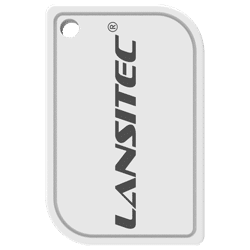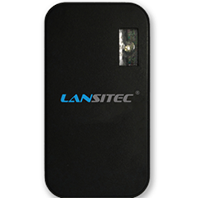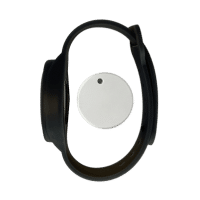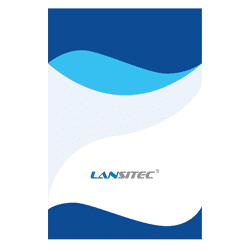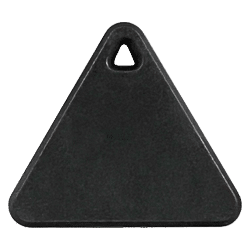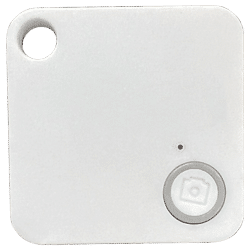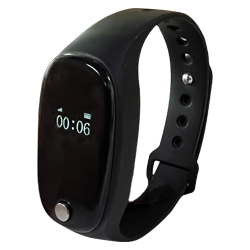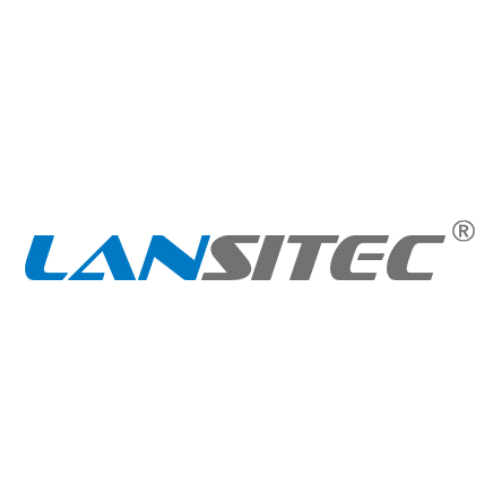Communication, sensing, power, control, memory, and computing are the main technologies used in a tracking project.
The mainstream tracking technologies include GNSS, Bluetooth and Wi-Fi RSSI, Bluetooth angle of arrival UWB, ultrasonic, SLAM, RFID, network TOF, Infrared ray etc. SLAM requires high bandwidth and data rate for image and video streaming; others use several or tens of bytes per positioning message. Considering positioning accuracy, power consumption, product dimension, cost, and network availability or communication distance, there are many options for communication technology, and this paper introduces the most recent mobile network technologies and their characteristics. By comparing similar ones, it analyzes the pros and cons of each technology for a tracking project and helps readers choose which one to use in a personal or asset-tracking project.
1. 4G and 5G
4G and 5G are two different generations of mobile network technology. They have some key differences in terms of speed, bandwidth, latency, and capabilities. Here is a summary of the main differences:
- Speed
5G is much faster than 4G, offering up to 2.5 Gbps download speed and 1.25 Gbps of upload. 4G, on the other hand, can only reach up to 1 Gbps of download speed and 500 Mbps of upload. So 5G can support more data-intensive applications, such as high-resolution video streaming, virtual reality, and cloud gaming. - Bandwidth
5G has more bandwidth than 4G, meaning it can support more devices and users simultaneously without compromising the quality of service. 5G uses higher frequencies than 4G, such as millimeter waves, which are less congested and can carry more data. 5G also uses smaller and more directional antennas, serving over 1,000 more devices per meter than 4G. This means that 5G can handle the growing demand for internet access from smartphones, tablets, laptops, smart TVs, wearables, and IoT devices. - Latency
5G has lower latency than 4G, meaning it has less delay or lag time in communications between devices and servers. The latency of 5G is about 1 ms, while the latency of 4G is about 50 ms. 5G can enable more real-time and interactive applications, such as remote control of vehicles, robots, and medical procedures, as well as on-line gaming and video conferencing.
These are some of the major differences between 4G and 5G. However, these differences also depend on the availability and coverage of the networks, as well as the compatibility and performance of the devices. To enjoy the full benefits of 5G, you will need a 5G-enabled device and a 5G network provider in your area.
In an IoT project, both 5G and 4G are used for data backhaul in the gateway, i.e., LoRaWAN gateway, AoA (Angle of Arrival) gateway, .etc. 4G is often used because:
- 4G module is cheaper.
- Speed, bandwidth, and latency do not have a significant influence on the system’s performace.
Many vehicle trackers use 4G because 4G has better coverage worldwide than 5G, while 2G and 3G are phasing out.
Some high-accuracy GNSS positioning technologies, such as RTK (Real-Time Kinematic) and PPK (Post Processed Kinematic), use 4G because they need faster and more data communication during positioning.
2. LTE and 4G
LTE and 4G are two terms related to mobile network technology. LTE stands for Long-term Evolution and is a standard for wireless broadband communication. 4G stands for fourth generation and is a general term for the fourth generation of mobile data technology, as defined by the International Telecommunication Union (ITU).
LTE is one of the technologies that can provide 4G speeds, but not all LTE networks can meet the criteria for 4G, such as a peak download speed of at least 100 Mbps. To differentiate between these cases, some carriers use the term 4G LTE to indicate a faster and more advanced LTE network that meets the 4G requirements. However, some carriers may also use the term 4G LTE to market their LTE networks that are actually slower than the 4G standard.
WiMAX is another technology that can provide 4G speeds, which stands for Worldwide Interoperability for Microwave Access. WiMAX is similar to LTE in that it uses radio waves to transmit data but has a different network architecture and frequency range. WiMAX was more popular in the early days of 4G, but LTE has largely replaced it in most markets.
To summarize, LTE and 4G are not exactly the same thing, but they are often used interchangeably by carriers and consumers. LTE is a specific technology that can deliver 4G speeds, but not all LTE networks are 4G compliant. WiMAX is another technology that can deliver 4G speeds but is less common than LTE.
3. CAT-M and LTE-M
CAT-M and LTE-M (Long-Term Evolution for Machines) are two different names for the same thing: a device category in the LTE family of cellular technologies designed for IoT applications. CAT-M and LTE-M devices have some advantages over traditional LTE devices, such as lower power consumption, longer battery life, better coverage, and lower cost. However, they also have limitations, such as lower data rates, narrower bandwidth, and reduced functionality.
The Main Differences Are:
- Bandwidth
CAT-M and LTE-M devices use a bandwidth of 1.4 MHz, which is much smaller than the typical 20 MHz bandwidth used by other LTE devices. This means that they can fit more devices in the same spectrum and have less data capacity and speed. - Data rates
CAT-M and LTE-M devices have peak data rates of up to 1 Mbps in both downlink and uplink, which is sufficient for most IoT applications but not for high-bandwidth services like video streaming or gaming. Other LTE devices can reach up to 10 Mbps in downlink and 5 Mbps in uplink (CAT-1) or even higher (CAT-4 and above). - Power consumption
CAT-M and LTE-M devices have lower power consumption than other LTE devices, meaning they can operate on batteries for longer periods. They also support power-saving features like Power Saving Mode (PSM) and Extended Discontinuous Reception (eDRX), which allow them to sleep or reduce their activity when not in use. - Coverage
CAT-M and LTE-M devices have better coverage than other LTE devices, especially in indoor and rural areas. They can use repetition and link adaptation to improve their signal quality and reliability. They also support Coverage Enhancement Mode (CEM), which allows them to transmit at higher power levels and receive at lower signal levels. - Complexity
CAT-M and LTE-M devices have lower complexity than other LTE devices, meaning they have simpler hardware and software requirements. They also have fewer features and functionalities, such as voice support, carrier aggregation, or multiple antennas.


